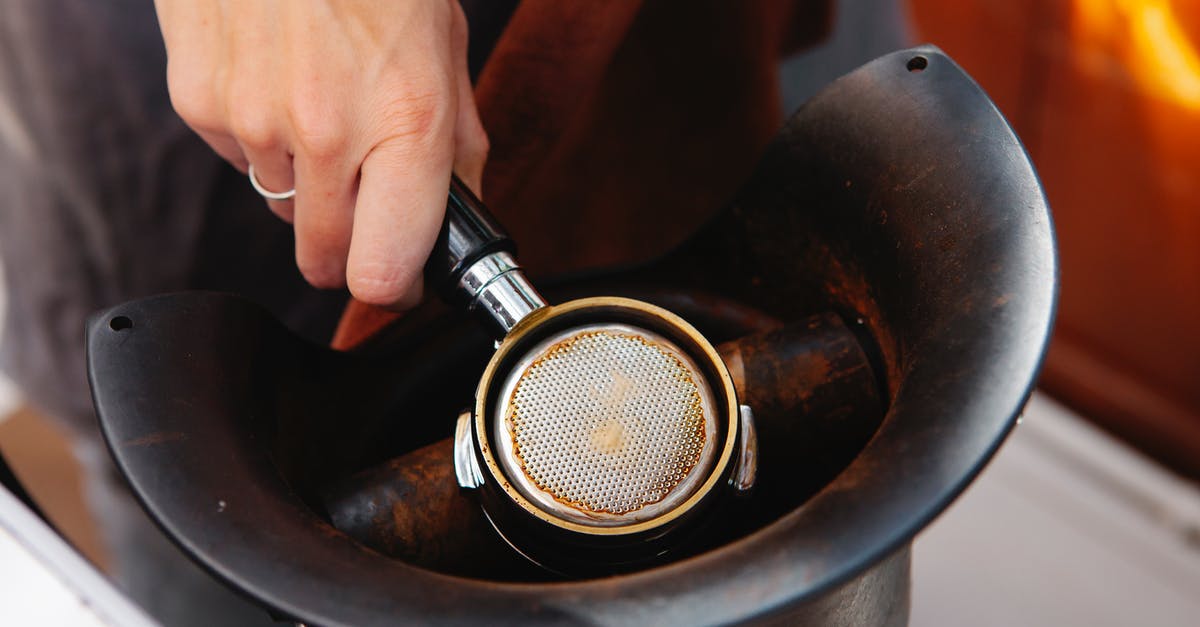Will dry ice damage kitchen equipment?

I have been reading an article on using dry ice to make ice cream. Aside from the usual safety precautions for dealing with a material that sublimates at -109.3F, I am concerned about what effects it might have on kitchen equipment. On my first attempt I used a hammer to break up the dry ice in the bag, but it took an excessive amount of time to powderize it sufficiently. It occurred to me that it would have been much quicker to break the dry ice into manageable pieces and then put them in the (electric) blender to finish the job. However, I am unsure what effect this will have and don't want to have to replace an expensive piece of equipment because the cold ruined the blades, cracked the glass of the container, or caused other issues.
Will powderizing dry ice in an electric blender damage it, cause excessive wear, or noticeably reduce its service life? Since dry ice sublimates, should I remove the rubber seal so it isn't damaged? Would I be better off getting a cheap "disposable" blender for this purpose or it is fine to use the one I have?
Update: Per the question in the comments, the specific model is Oster Pro 1200.
Best Answer
I haven't tried dry ice in kitchen equipment, but have destroyed a plastic measuring jug with liquid nitrogen (the scale had become illegible so I took it into work where it would be handy, then abused it). The failure mode could be expected to be relevant to plastic and glass used with dry ice.
Many plastics become brittle at low temperatures - this can even be seen when using some plastic food storage boxes in a domestic freezer. Cooling also causes thermal contraction, and most of this will happen by the time you get down to dry ice temperatures. Because of the low thermal conductivity of plastics (and glass) the inside shrinks but the outside doesn't because it doesn't cool much. In the case of my jug, the strengthening/supporting ring on the bottom stayed at room temperature when the rest cooled, and the bottom dropped clean out of it. While dry ice is far warmer than LN, it's still cold enough for embrittlement and a lot of thermal contraction.
That's not to say it will fail, only that it might. Dry ice doesn't make such good contact with the container as LN, but localised cracking could still be an issue with plastic parts. A glass jug would likely fail completely even with localised thermal cracking. Borosilicate (some Pyrex, either old or European - I don;t know if it's used in blenders but it's possible for ones that are mean to take heat) or metal should be fine (careful handling the metal).
I'd research the cost of a replacement part, but probably risk it, taking a few steps to reduce the risk:
- precool if possible, in a freezer (for even contraction; this will also reduce the amount of dry ice you lose)
- add the other ingredients first if possible (though you sound like your recipe breaks it up before mixing it in). When making LN ice cream, drizzling it into the ingredients while stirring is the usual method (this is me holding the bowl while one person stirs and another pours).
- add the dry ice through a feeder cap if your blender has one (mine does) with it running
An experiment
Many blenders use polycarbonate jugs. This is a tough plastic that can handle hot liquids, so is a good choice if you're putting soup in there.
I had an offcut of polycarbonate (Lexan) at home, and while I don't have access to dry ice, I can get liquid nitrogen, which gets even colder. The first thing I tried was cooling a piece of aluminium to -100°C (a little cooler than dry ice) and resting it on the polycarbonate for a few minutes. There was no cracking . Even immersing the polycarbonate in liquid nitrogen for several minutes didn't make it brittle. So a polycarbonate jug (not all plastic blender jugs are polycarbonate, but many are) should be absolutely fine with dry ice.
Applicability to glass
The specific model in question here uses a glass jug. I can't find anything definitive on the type of glass. If it's borosilicate (as suggested by some branding, according to a review, but I'd be very wary of sharing that assumption) I'd expect it to be fine. If it's normal soda-lime glass, there's a small risk it could fail suddenly.
Pictures about "Will dry ice damage kitchen equipment?"



Dry Ice Blasting in Food \u0026 Bev
More answers regarding will dry ice damage kitchen equipment?
Answer 2
Not unique to dry ice, any kind of ice apparently dulls sharp blender blades over time. If you're going to crush any kind of ice, you should get dull square heavy blades or even specific "ice blades" for that purpose.
However, if you're just experimenting, that shouldn't be a problem just doing it once or twice.
Sources: Stack Exchange - This article follows the attribution requirements of Stack Exchange and is licensed under CC BY-SA 3.0.
Images: David Disponett, Tim Douglas, Katerina Holmes, Tim Douglas
